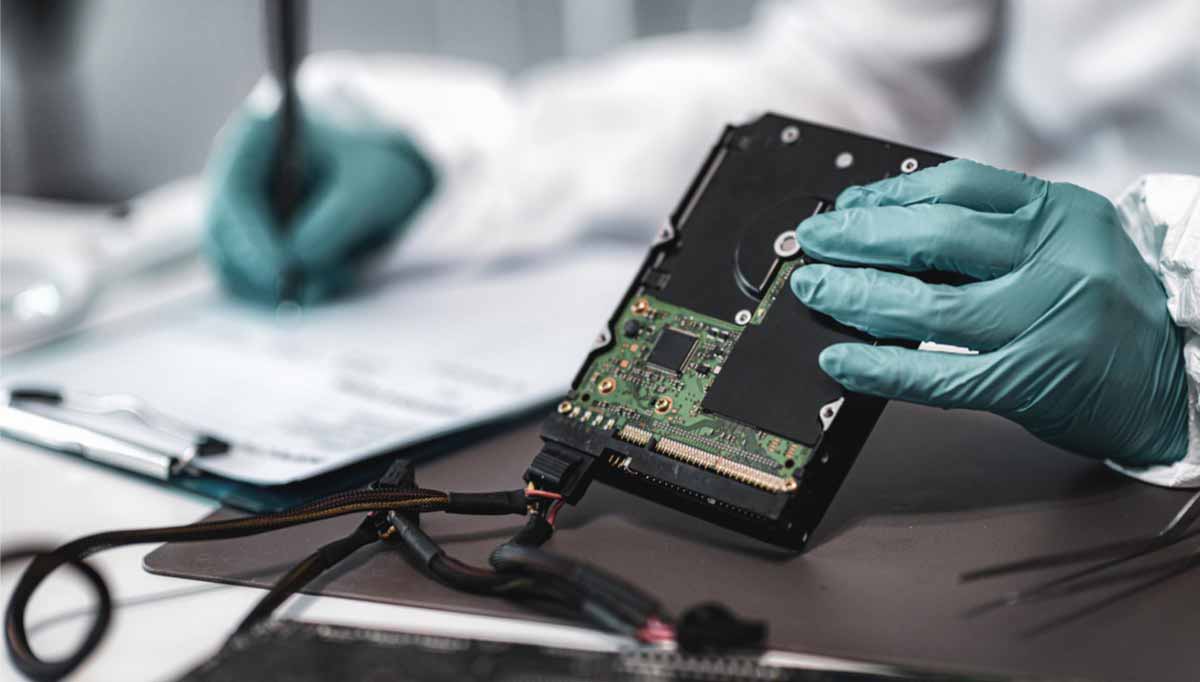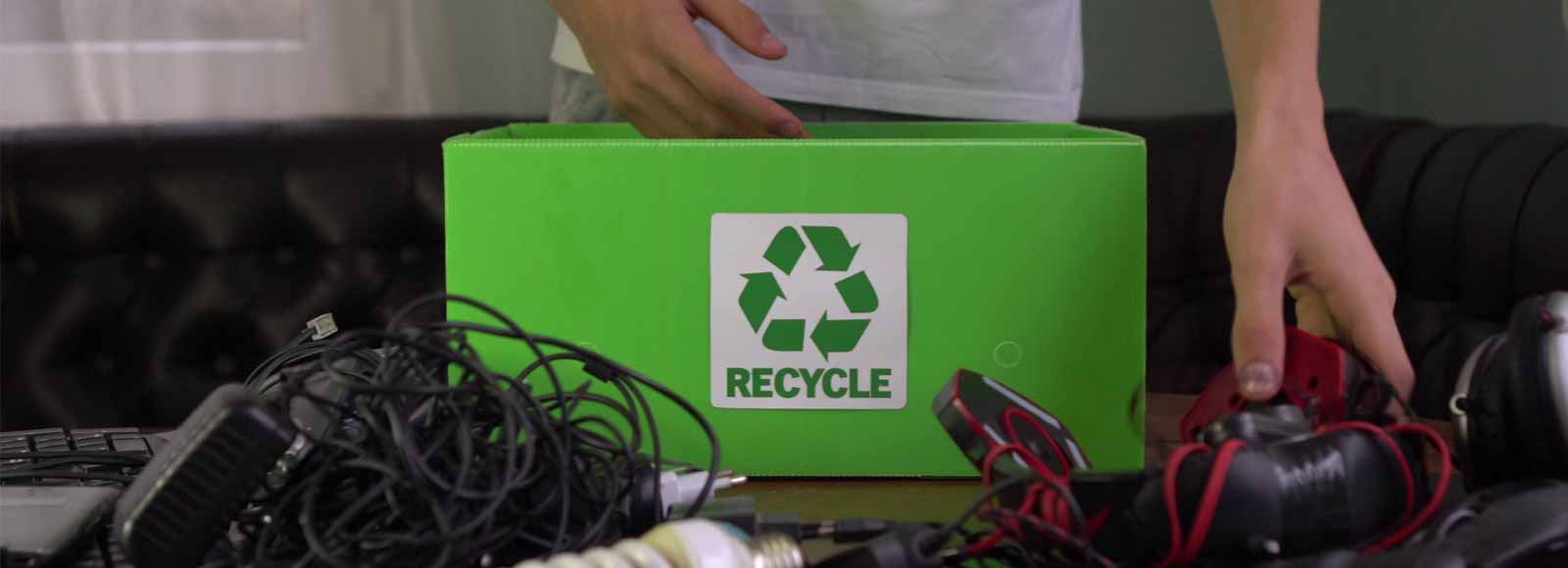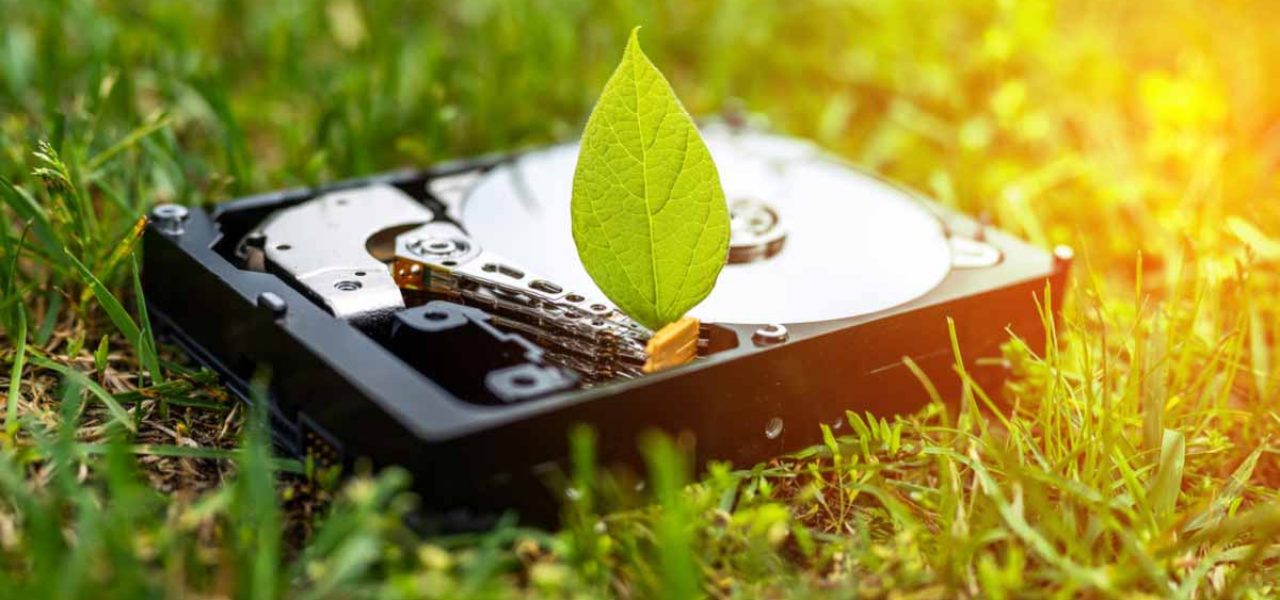What is ITAD?
IT asset disposition or ITAD is the set of commercial operations and processes that focus on getting rid of obsolete or unwanted equipment in a safe and ecologically responsible manner.
Acquiring shiny new stuff at frequent intervals is all well and good, but the gadgets they replace have to end up somewhere ultimately. For organizations and individuals who upgrade their IT hardware and electronic equipment, the question then arises of what to do: Sell the old devices? Give them away to charity? Dump them on a landfill? Or recycle?



Denying these bad actors the opportunity to retrieve information from discarded equipment emphasizes the urgency to remove data from the hard drive and digital storage media in an unrecoverable manner before sending any equipment with data storage capacity on the next phase of its journey to disposal. This gives ITAD meaning as an essential part of data governance, and the IT asset disposition market offers secure disposition techniques that can ensure this.
Another aspect of IT asset disposition is the environmental factor. Electronics and IT equipment generally contain metals and other substances whose release into soils, water, or the atmosphere can be toxic or hazardous. There are state, local, federal, and even international laws governing the safe disposal and handling of such pollutants, as well as regulatory compliance frameworks that apply to specific industries.
Unless organizations properly dispose of ecologically sensitive materials, they may find themselves in contravention of these statutes and liable to hefty fines, lawsuits, or even jail time. In addition, compliance breaches can lead to bad publicity and damage to your brand reputation.

The correct disposition of ecologically-sensitive materials and components often requires specialist knowledge, which an organization may not have. So the expertise of IT asset disposition companies can be a vital hedge in keeping businesses in line with their environmental obligations.
Donating old equipment to charitable organizations, educational institutions, or other recipients is an avenue of the disposal of IT assets that can reap benefits for the donor regarding their public image and contribution to sustainable business practices.
Likewise, by reselling or recycling old IT assets, businesses can reduce waste and conservation of resources in the “circular economy” while enhancing their position in terms of corporate social responsibility (CSR) and recouping value to offset the depreciation of IT assets.


Especially for smaller-scale enterprises, frequent investments in new IT and office equipment may not be economically viable. One ITAD option that can extend the life of existing hardware is refurbishing -- replacing or repairing select components and software to squeeze one or two more years of life out of otherwise serviceable devices.
Selling old equipment to third-party buyers is an ITAD technique that enables businesses to recoup some of the losses they incur in getting rid of existing hardware bought and paid for at market prices. Depending on how serviceable the equipment is, refurbishment may be a step that the ITAD service undertakes before putting the hardware on the resale market.
If the ultimate destination in your disposal of IT assets is to discard them in an environmentally permissible manner, the best way to dispose of hard drives securely is to first render all the data on them irretrievable, then physically destroy your hard drive.
HDD shredder machines can slice hard drives and other storage devices into tiny shards from which data is extremely difficult to recover. For organizations wishing to dispose of storage assets that hold highly classified information, disintegration machines take shredding to the next level, leaving residue so small that retrieving data from the fragments is virtually impossible. ITAD companies like Shred It Mississauga offer these kinds of services.
Services like Shred It Mississauga may also use a hard drive crusher, which achieves its destructive results by subjecting the hardware to a powerful crushing force under very high pressure, often accompanied by a punching mechanism that drives holes into the equipment and drive casings to degrade the material further.
Other physical destruction methods include melting, in which the equipment is either dropped into a vat of molten steel or immersed in a powerful solution of hydrochloric and nitric acids. This is a highly effective disposition technique, but the process requires specialist skills, particularly in handling the acids and safely disposing of the waste products.
In addition to metals, plastics, and glass, IT equipment and electronic goods often contain valuable materials such as iron, aluminum, gold, silver, copper, tin, titanium, and fossil fuels. Recycling procedures can recover these materials, which may then be packaged for onward sale, or used to fabricate new products.
It’s a sustainable practice that helps in reducing the volume of electronic waste or E-waste generated by IT asset disposition while also relieving the strain on scarce natural resources, giving ITAD meaning in an environmental context, and saving energy.
Recycling is often high on the IT asset disposal policy and procedure checklist for organizations that endorse Corporate Social Responsibility (CSR). However, IT equipment recycling should only be undertaken with an eye towards data security and compliance with all relevant environmental and equipment disposal standards.

A leader in the ITAD industry, TechReset goes beyond recycling computers. We fully repurpose units to extend the life of IT equipment beyond its first use. TechReset offers on-site device removal, certified audit reporting and completely secure data eradication through gold standard data cleanse software or physical hard drive shredding.
TechReset is now a part of Quantum Lifecycle Partners.
1-888-676-4992